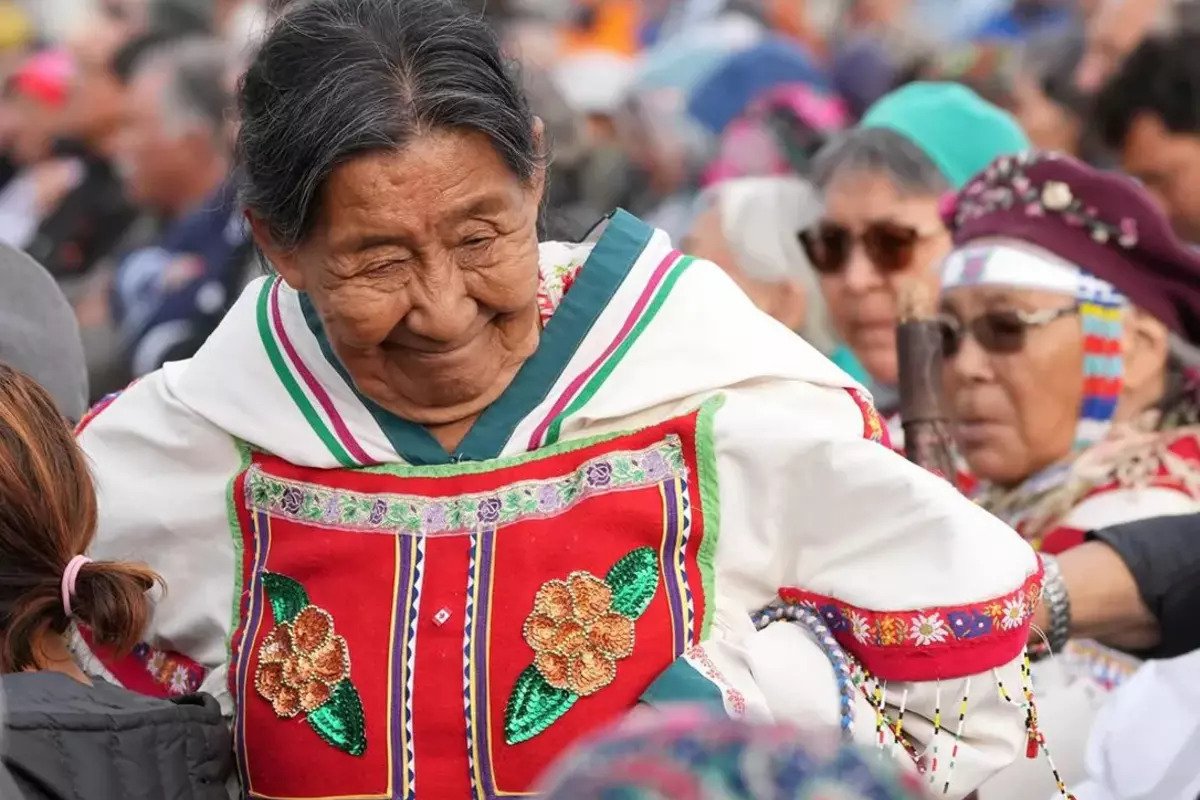Canada’s Languages Diversify
The number of Canadians who speak other than English and French as their first language have increased in 2021.
It has risen to 4.6 million or around 13 percent of the population. Also, 25 percent of Canadians master at least 1 other language, aside from English or French, as among their first languages.
This growth occurred as a result of the recent addition to Canada’s population of people who speak Asian languages, specifically Hindi, Punjabi, and Mandarin. According to the numbers, Canadians who converse with more than 1 language raised to 41 percent in 2021 from 39 percent last 2016.
Along with that increase also is the decrease in French-speaking Canadians. Current estimates have the figure at 21% in 2021. This is significantly lower than the 1971 figure of 27%, indicating a significant fall. In Quebec, where the largest group of French-speaking Canadians resides, the percentage fell from 79 percent in 2016 to 77 percent in 2021.
Among the 189,000 Canadians who are reportedly speaking Indigenous as their first language, 27,000 of them speak either Cree or Inuktitut, two of the most spoken Indigenous languages in the country. Furthermore, it is estimated that 243,000 Canadians can communicate in an Indigenous language.
Meanwhile, in the country’s largest city, Toronto, Mandarin has surpassed Cantonese as the second most regularly spoken first language. Mandarin-speaking Canadians make up 4.5 percent of Toronto’s population, which translates to approximately 280,000 people, while Cantonese-speaking Canadians make up only 4.3 percent. The first place belongs to English.

